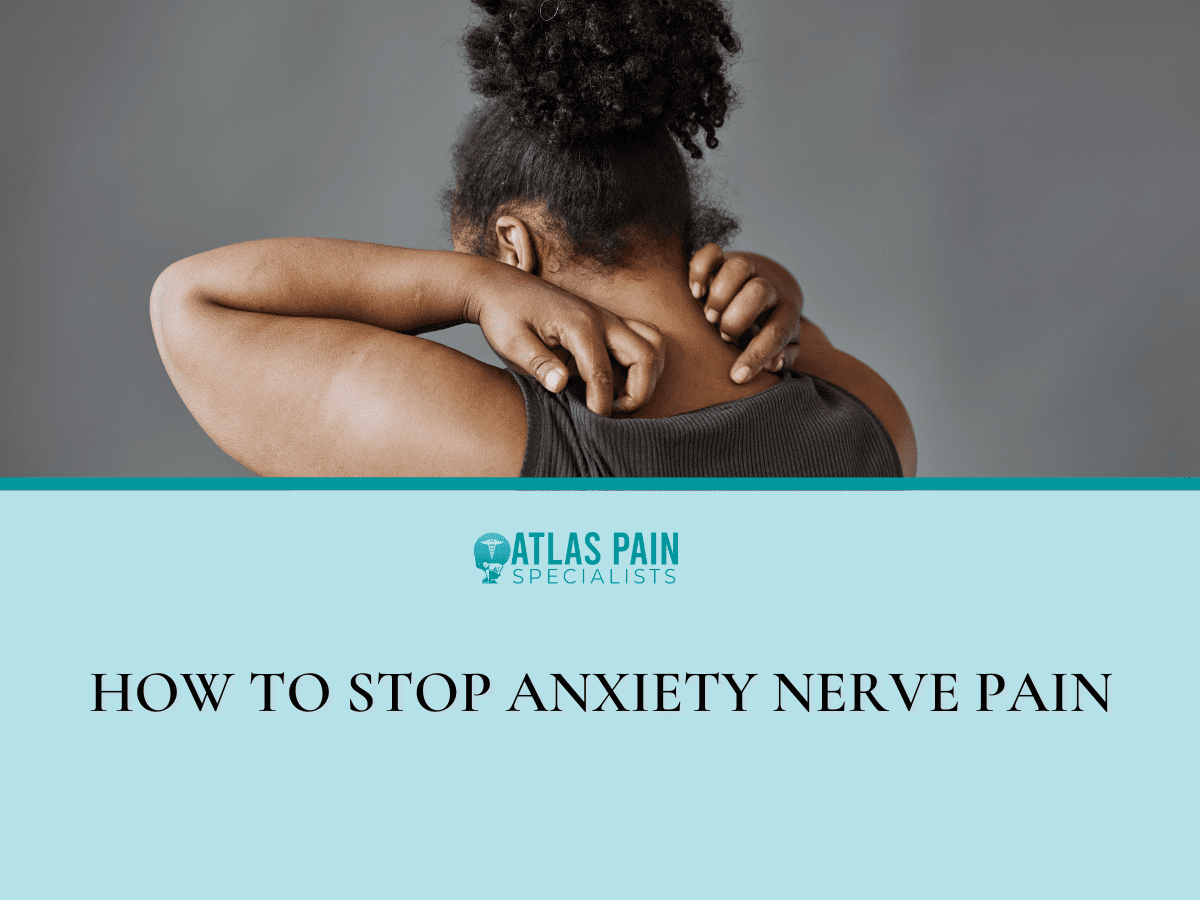

Causes of Shooting Pain Behind the Knee
Shooting pain behind the knee can arise from various causes, often related to injuries or underlying medical conditions. Common culprits include Baker's cysts, which are fluid-filled sacs that develop due to joint fluid accumulation, often linked to arthritis or meniscus tears.
Injuries such as hamstring strains, posterior cruciate ligament (PCL) tears, or meniscus injuries can also lead to sharp pain. Additionally, conditions like osteoarthritis and deep vein thrombosis (DVT) may contribute to discomfort.
Symptoms can vary from sharp and sudden pain to swelling and stiffness, necessitating a proper diagnosis for effective treatment.
Common Causes of Pain Behind the Knee
Pain behind the knee can result from various medical conditions or injuries. This discomfort may stem from structural issues within the knee joint, inflammation, or underlying systemic conditions.
Understanding the potential causes can help guide diagnosis and treatment, promoting recovery and long-term health.
1. Baker’s Cyst
A Baker's cyst, or popliteal cyst, is a fluid-filled swelling behind the knee caused by the buildup of synovial fluid. This occurs when the knee joint produces excess fluid due to underlying conditions like arthritis or a meniscus tear.
Symptoms of a Baker’s cyst often include noticeable swelling and tightness in the back of the knee, particularly when bending or straightening the leg. The discomfort can intensify after physical activity. While a cyst is not inherently dangerous, it may rupture in rare cases, causing sudden, sharp pain and bruising in the calf.
2. Injuries
Several injuries can result in pain in the knee. The most common include:
- Hamstring Injury
The hamstring is a group of muscles running along the back of the thigh. These muscles are crucial for knee flexion and hip extension. Hamstring injuries often occur during activities that involve sprinting, jumping, or sudden directional changes.
A hamstring strain or tear can lead to pain radiating from the thigh to the back of the knee. The severity of the injury varies, ranging from mild overstretching to a complete muscle tear. Swelling, bruising, and weakness in the affected leg are common symptoms.
- Meniscus Tear
The meniscus is a cartilage structure that acts as a cushion and stabilizer in the knee joint. Tears in the meniscus often occur due to twisting motions during activities like sports.
Symptoms of a meniscus tear include pain, swelling, and a feeling of instability in the knee. A tear in the posterior region of the meniscus can lead to significant pain behind the knee, especially during movements like squatting or kneeling.
- Posterior Cruciate Ligament (PCL) Injury
The posterior cruciate ligament (PCL) is one of the key stabilizers of the knee. Injuries to the PCL often result from direct trauma, such as hitting the knee against a dashboard in a car accident or landing awkwardly during sports.
Pain behind the knee is a hallmark symptom of PCL injuries. Swelling, stiffness, and difficulty walking are also common, with severe injuries causing instability in the joint.
3. Arthritis
Arthritis refers to inflammation of the joints, and it can significantly impact the knee. The two most common types affecting the knee are osteoarthritis and rheumatoid arthritis.
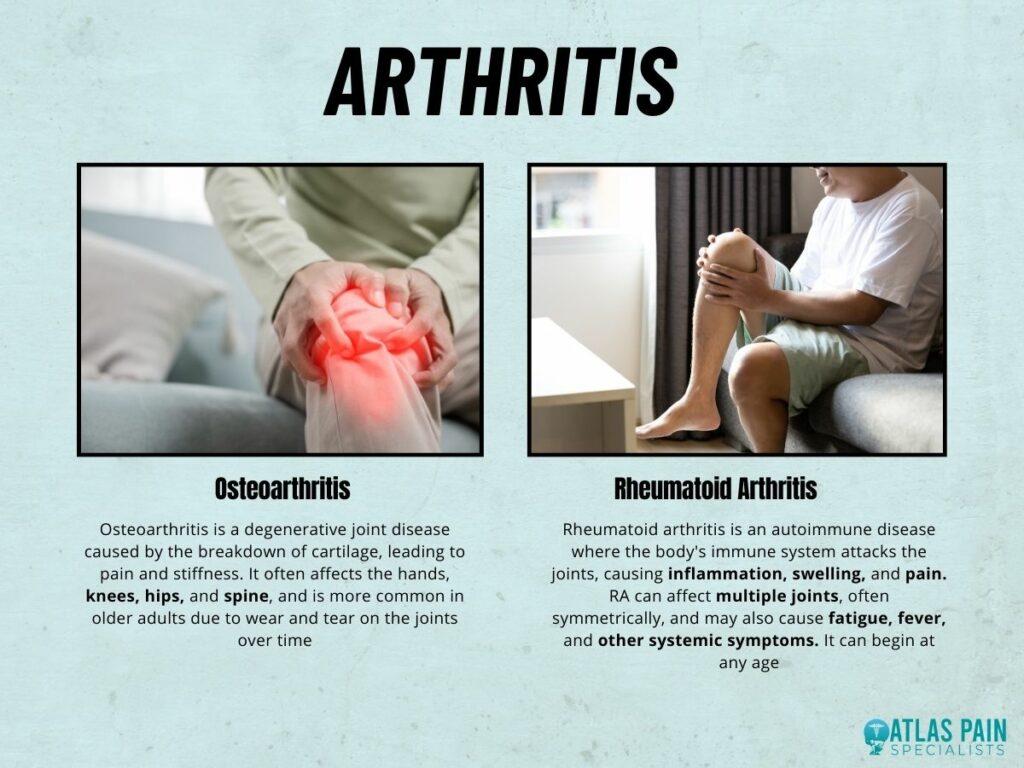
- Osteoarthritis
This is a degenerative condition characterized by the gradual breakdown of cartilage in the knee joint. It often develops with age or repetitive use of the joint.
Symptoms include stiffness, swelling, and varying degrees of pain that may worsen after activity or prolonged sitting.
- Rheumatoid Arthritis
This is an autoimmune disorder where the immune system attacks healthy joint tissue. It causes inflammation, swelling, and tenderness.
Rheumatoid arthritis often leads to persistent discomfort and deformity if untreated. Pain behind the knee can be especially noticeable during flare-ups.
4. Deep Vein Thrombosis (DVT)
Deep vein thrombosis (DVT) is a serious condition caused by a blood clot forming in the deep veins of the leg, often behind the knee. It poses significant risks, as the clot can travel to the lungs and cause a life-threatening pulmonary embolism.
Symptoms of DVT include swelling in the affected leg, warmth, redness, and severe pain behind the knee or calf. Individuals with risk factors such as prolonged immobility, recent surgery, or clotting disorders should seek immediate medical attention if DVT is suspected.
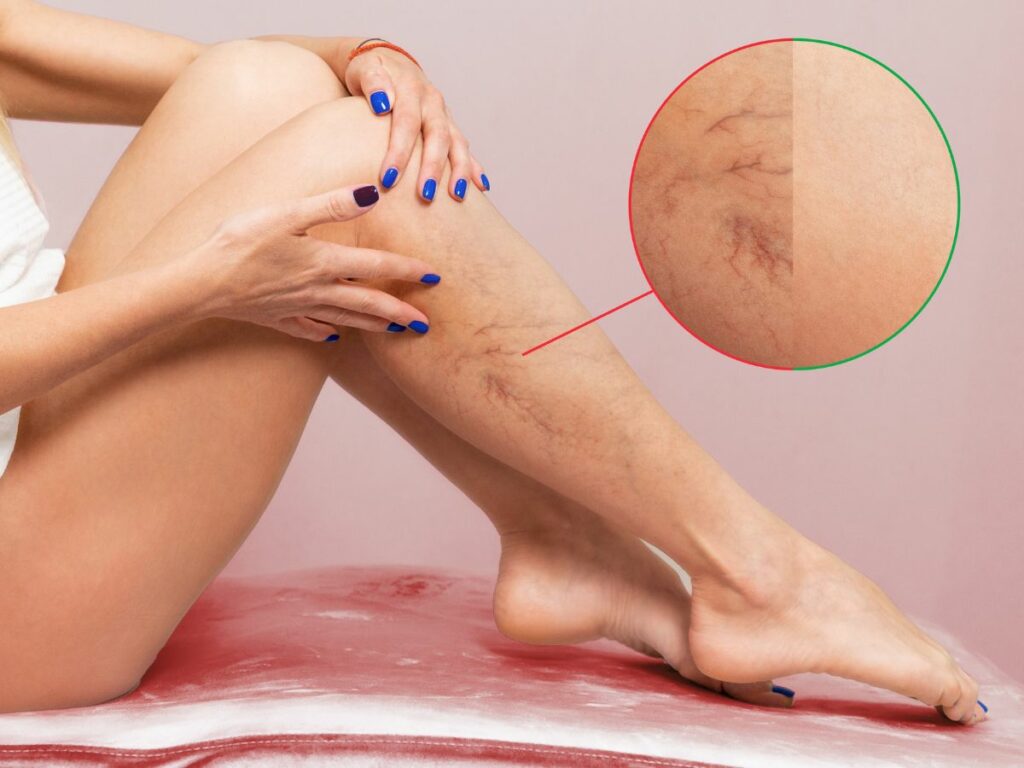
5. Tendinitis
Tendinitis refers to inflammation of the tendons around the knee, particularly those in the hamstrings or the popliteus tendon. It is commonly caused by overuse, repetitive motions, or sudden increases in activity.
Sharp or burning pain, especially during movement or physical exertion, is a primary symptom. Swelling and tenderness may also accompany the pain. Proper rest and physical therapy are often effective in managing tendinitis.
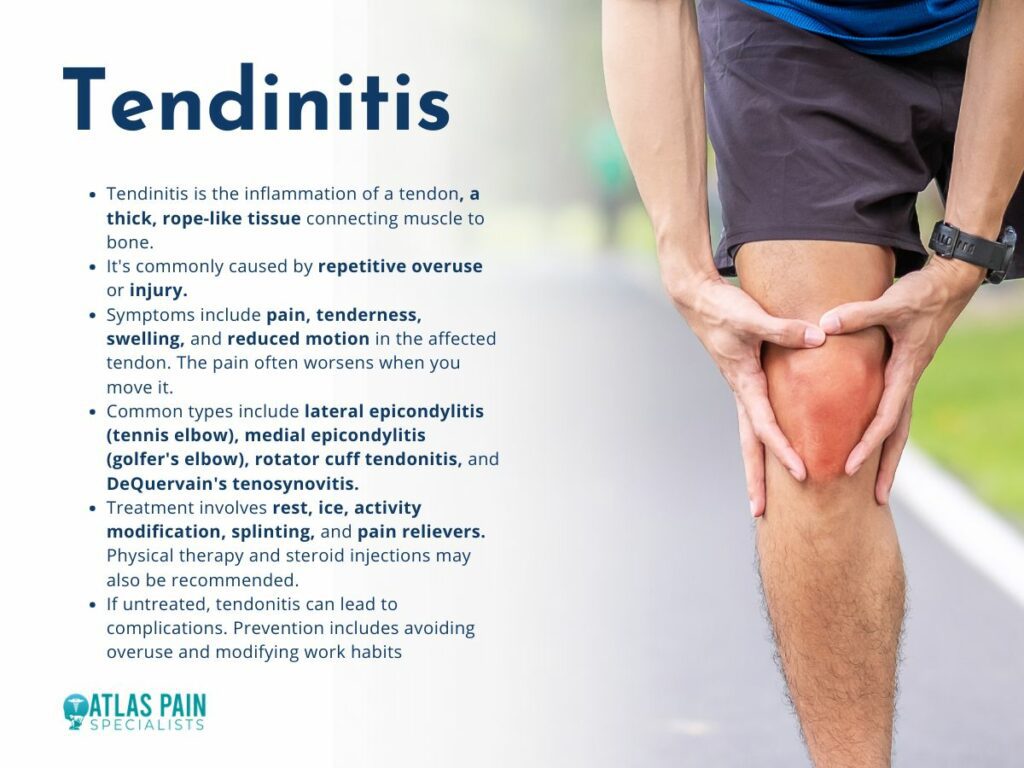
6. Bursitis
The bursae are small, fluid-filled sacs that cushion the joints and reduce friction between tissues. Bursitis occurs when these sacs become inflamed, often due to repetitive stress, direct trauma, or prolonged kneeling.
Pain from bursitis is typically localized and improves with rest. Other symptoms include swelling and tenderness around the back of the knee. Chronic bursitis can lead to stiffness and discomfort during movement.

7. Infections
Infections affecting the knee, such as septic arthritis, can lead to severe pain behind the knee. These infections may occur due to bacterial invasion of the joint space, often after an injury, surgery, or bloodstream infection.
Symptoms of an infected knee include redness, warmth, swelling, fever, and intense pain. These symptoms require prompt medical intervention to prevent permanent joint damage or systemic complications.
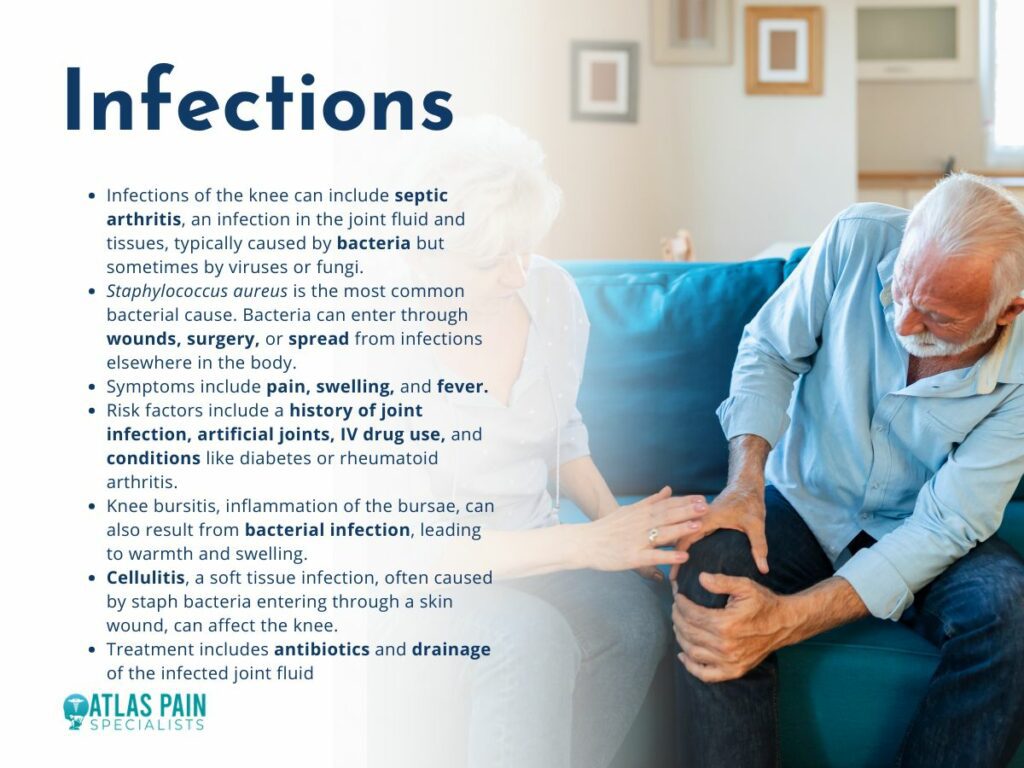
8. Tumors
Though rare, tumors near the knee can be a cause of persistent pain. Both benign and malignant tumors, such as osteosarcomas, can develop in or around the joint.
Persistent pain, noticeable swelling, and visible deformities are potential signs of a tumor. While benign tumors may not always require intervention, malignant growths necessitate prompt diagnosis and treatment.
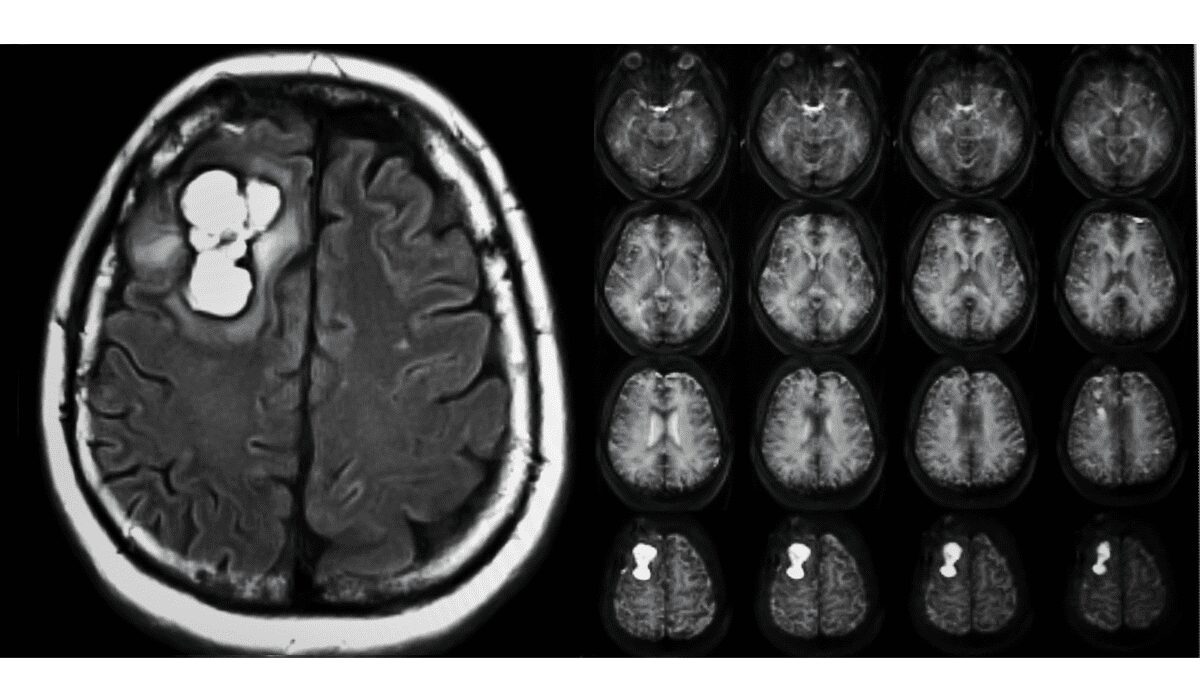
Less Common Causes of Pain Behind the Knee
While less common, certain conditions can also lead to pain behind the knee. These include fractures, compressed nerves, and leg cramps. Understanding these causes can help identify and address the underlying problem effectively.
| Cause | Description | Key Symptoms | Risk Factors |
|---|---|---|---|
| Fractures | Breaks in tibia, fibula, or patella | Severe pain, swelling, bruising, inability to bear weight | Trauma, accidents |
| Compressed Nerves (Sciatica) | Nerve irritation causing referred pain | Numbness, tingling, pain down the leg | Herniated discs, poor posture |
| Leg Cramps | Muscle spasms in hamstrings | Sudden sharp pain, tightness | Dehydration, electrolyte imbalance |
| Tumors | Benign or malignant growths in the knee area | Persistent pain, swelling, visible deformity | Genetic predisposition, unknown causes |
1. Fractures
Fractures in the knee area can occur due to direct trauma, such as a fall, car accident, or sports injury. These fractures may involve bones like the tibia, fibula, or patella.
Symptoms of a knee fracture include severe pain, swelling, bruising, and an inability to bear weight on the affected leg. The deformity may also be present in severe cases. Immediate medical attention is necessary to prevent complications and ensure proper healing.
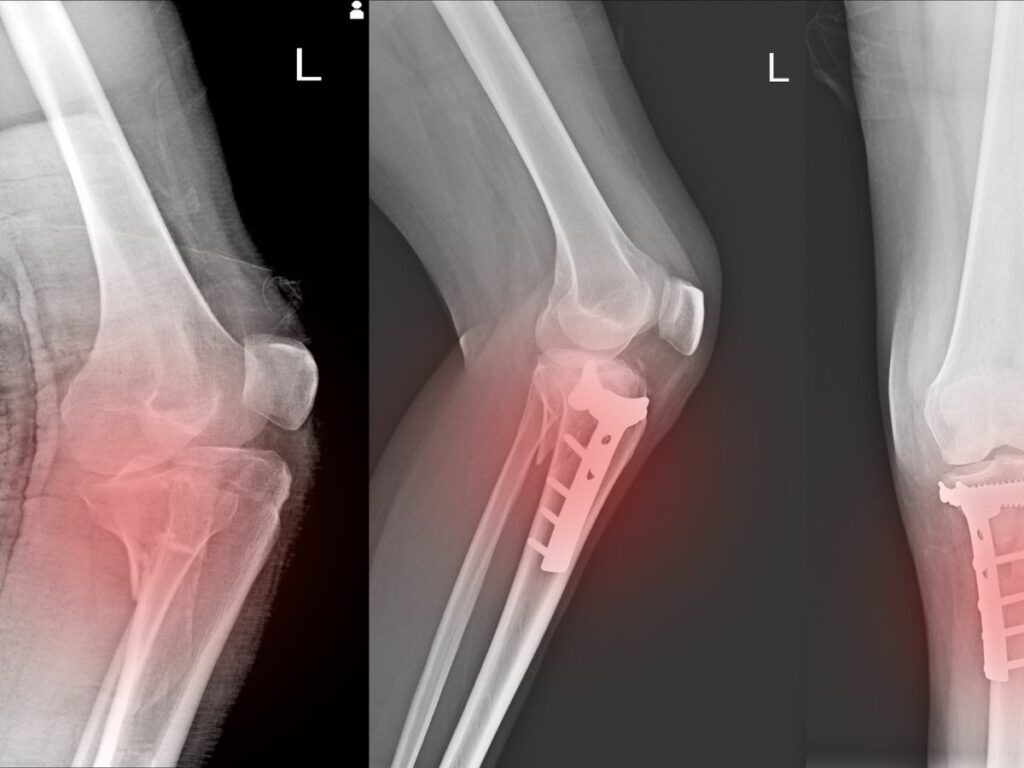
2. Compressed Nerves
Nerve compression in the lower back or hip can lead to referred pain in the knee. Sciatica, for instance, occurs when the sciatic nerve is compressed, causing radiating pain down the leg.
Symptoms of nerve compression include tingling, numbness, or burning sensations in the leg, along with pain behind the knee. Prolonged sitting, poor posture, or herniated discs are common triggers. Treatment often involves physical therapy, posture correction, and sometimes medical intervention.
3. Leg Cramps
Leg cramps, particularly in the hamstrings, can cause sudden, acute pain behind the knee. These involuntary muscle contractions are often triggered by dehydration, muscle fatigue, or electrolyte imbalances.
| Symptom | Possible Condition | Action Required |
|---|---|---|
| Severe, persistent pain | Arthritis, ligament tear | Medical evaluation, imaging tests |
| Swelling and warmth | DVT, infection, bursitis | Immediate medical attention |
| Instability in the knee | PCL or meniscus injury | Physical therapy, possible surgery |
| Pain that worsens at rest | Tumor, infection, severe arthritis | Urgent medical consultation |
| Sharp pain with twisting motions | Meniscus tear | MRI, rehabilitation exercises |
Symptoms of leg cramps include sharp pain and tightness in the back of the thigh. The pain is typically temporary but can linger if the cramp is severe. Staying hydrated, stretching, and ensuring adequate intake of essential minerals like potassium and magnesium can help prevent cramps.
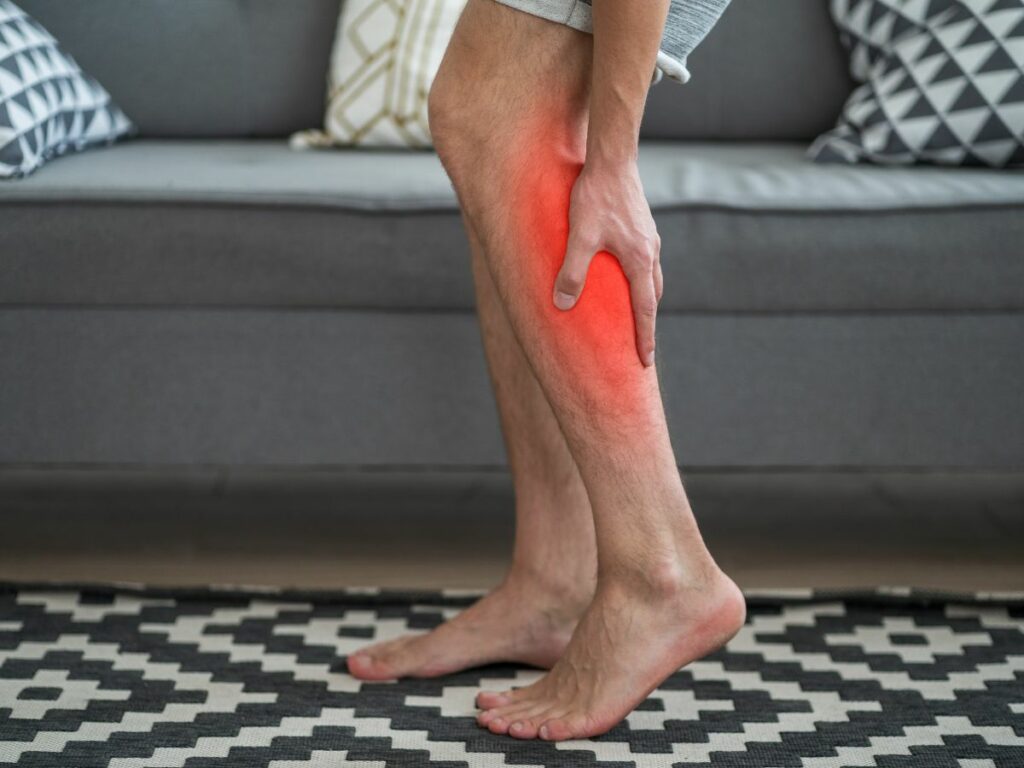
Stabbing Or Sharp Knee Pain That Comes and Goes
Understanding the causes of stabbing or sharp knee pain that comes and goes is essential for effective management and relief. Whether it stems from injuries, such as ligament tears or strains, or conditions like Baker's cysts and osteoarthritis, recognizing the symptoms can help you seek timely medical attention.
If you experience persistent or severe pain, it's crucial to consult a healthcare professional for an accurate diagnosis and tailored treatment plan. By addressing the underlying issues, you can regain mobility and improve your quality of life, allowing you to return to the activities you enjoy without discomfort.
About Dr. Sean Ormond


